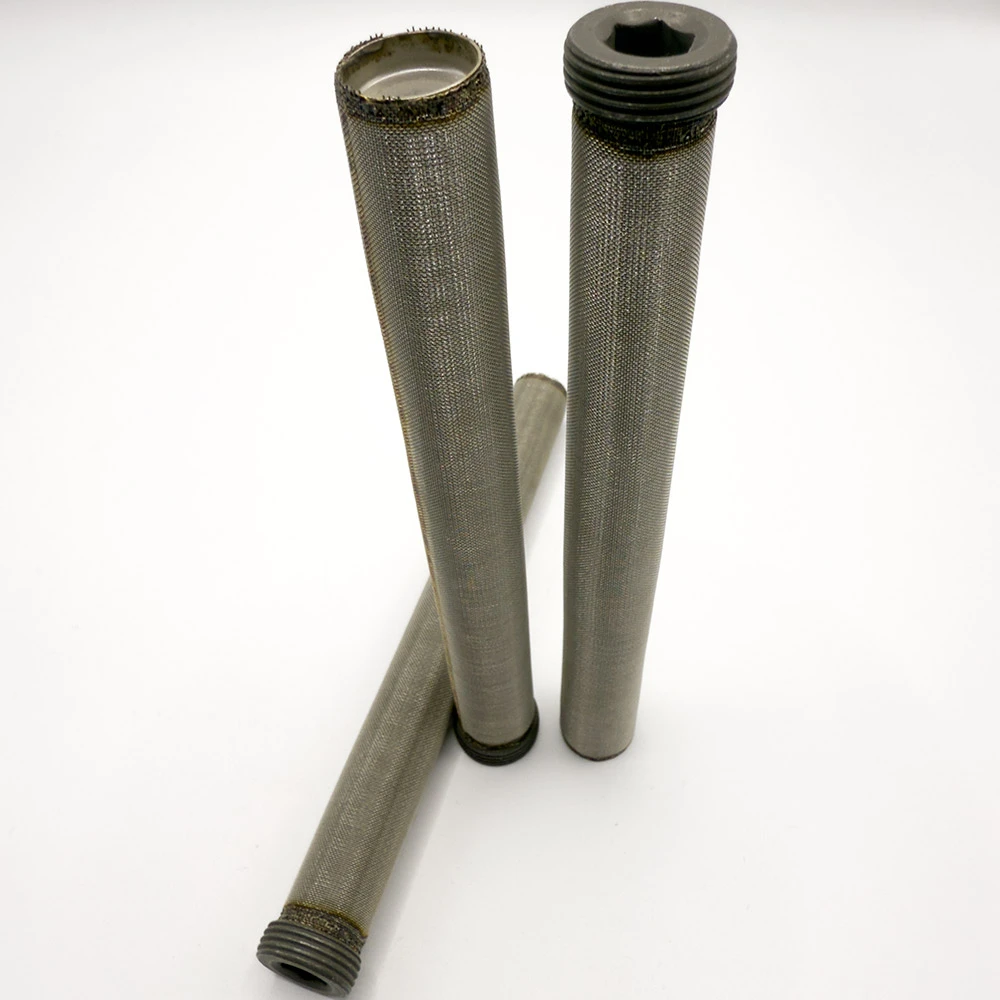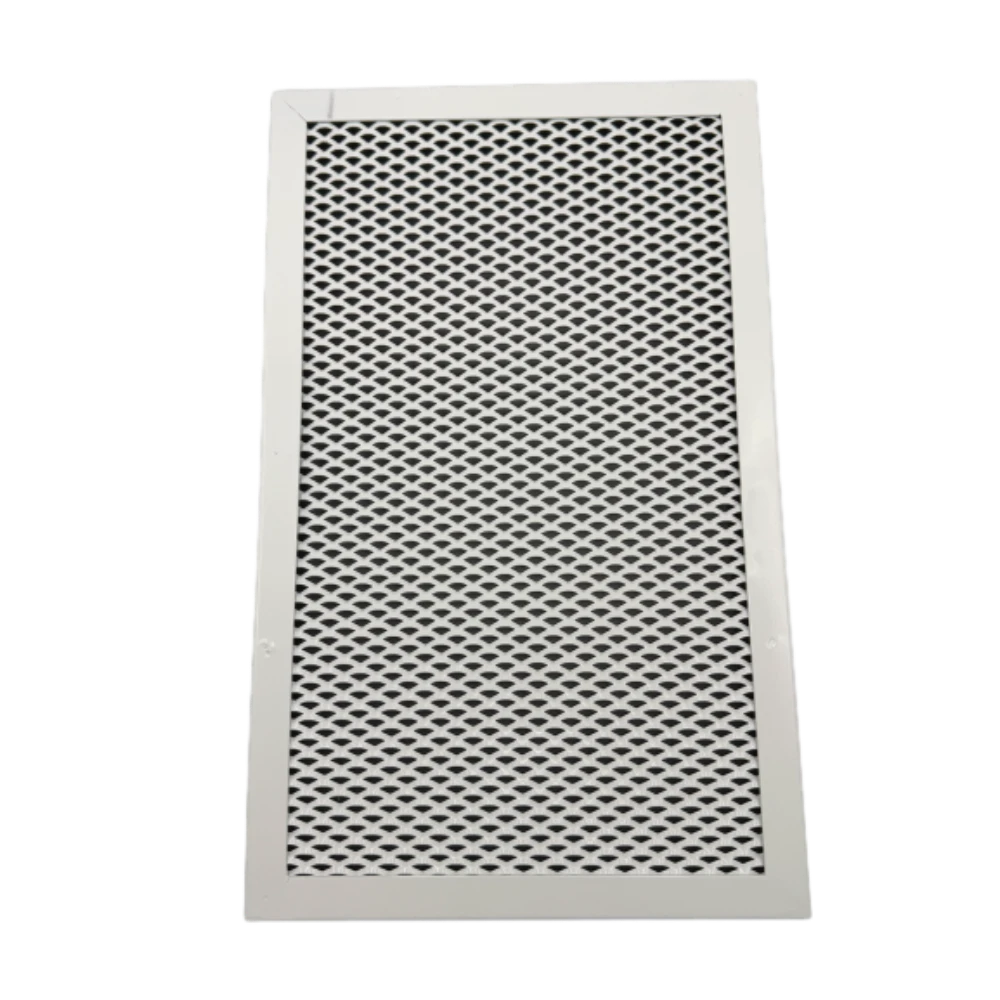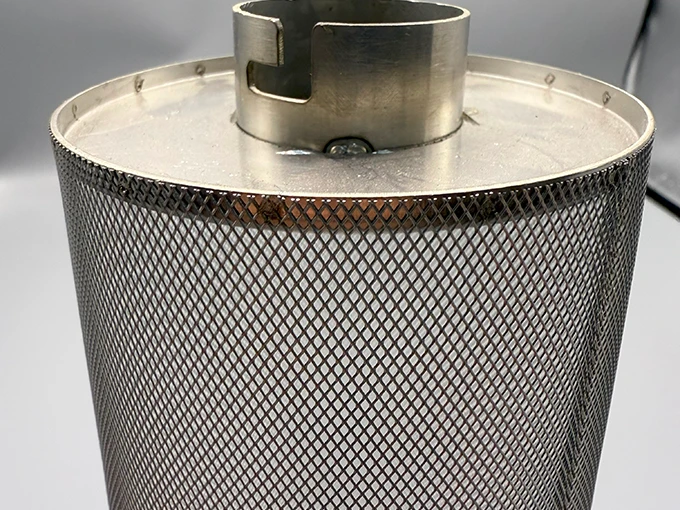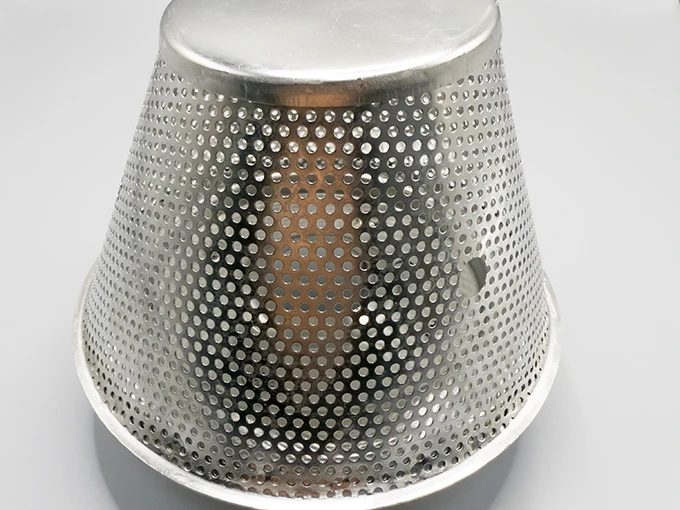
(water filter screen)
Essential Protection: How Water Filter Screens Secure Your Water Systems
Here's a comprehensive overview of what this guide covers:
- Technical specifications and performance advantages of modern filtration screens
- Comparative analysis of manufacturers using measurable data points
- Tailored solutions for specialized application requirements
- Real-world implementation case studies with operational metrics
- Material science innovations enhancing durability
- Industry-specific installation methodologies
- Strategic maintenance protocols for optimal performance
Water filtration screens serve as the primary defense against particulate contamination across multiple applications. Industry data reveals that 78% of premature pump failures originate from insufficient intake protection, highlighting how proper filtration choices impact operational continuity. Contemporary designs integrate advanced material science with hydraulic engineering principles, creating solutions that withstand demanding operating conditions.
Technical Superiority and Performance Metrics
Modern filtration screens utilize laser-welded 316L stainless steel construction, providing tensile strength exceeding 80 ksi while maintaining micron-level precision. Standard mesh configurations range from coarse 50-micron screens to ultra-fine 5-micron variants, accommodating diverse flow rates from 15 GPM to over 1,200 GPM. Critical performance data includes:
- Pressure differential maintenance below 2 PSI at maximum flow rates
- Clog resistance demonstrated in lab testing exceeding 1,200 hours
- Corrosion resistance validated through 5,000-hour salt spray testing
- Temperature tolerance spanning -40°F to 350°F operating environments
Independent testing conducted by the Hydraulic Institute confirms that optimized screen designs reduce particulate contamination by 92% compared to basic perforated plates. The geometric configuration of Dutch-weave patterns maximizes open area (typically 35-48%) without compromising structural integrity, maintaining hydraulic efficiency throughout operational lifespans.
Manufacturer Capability Analysis
| Manufacturer |
Material Grade |
Mesh Range (microns) |
Pressure Rating (PSI) |
Lead Time |
| AquaGuard Industries |
316L SS |
5-400 |
250 |
2 weeks |
| HydroFiltrex |
304 SS |
20-300 |
180 |
4 weeks |
| PureFlow Systems |
Duplex SS |
10-500 |
325 |
3 weeks |
| Global ScreenTech |
316Ti SS |
15-600 |
285 |
5 weeks |
The comparative data indicates that premium-grade stainless alloys (316L and duplex) deliver 43% longer service life in high-chloride environments. Manufacturers offering pore configurations below 10 microns require specialized laser-cut technologies, while companies utilizing photochemical etching demonstrate superior consistency in ultra-fine mesh applications. Third-party validation through NSF/ANSI 61 certification separates industry leaders from standard producers.
Application-Specific Engineering Solutions
Industrial applications demand tailored approaches based on hydraulic requirements:
Water Pump Suction Protection: Cylindrical strainer filters designed for 4" to 12" suction hoses incorporate tapered inlet geometries that reduce vortices, maintaining laminar flow profiles. Reinforced collar designs withstand vacuum forces up to 28 inHg without deformation, while quick-disconnect mechanisms facilitate maintenance in restricted spaces.
Groundwater Systems: Well water filter screen
s feature pre-packed gravel surrounds that stabilize formation sand, with slot sizes precisely calculated based on particle size distribution analysis. V-wire configurations deliver superior open area (42-46%) compared to traditional bridge-slot designs, significantly reducing well development time during installation.
Storage Tank Protection: Domed water tank filter screens utilize non-clogging parabolic curves to minimize sediment accumulation. Tank-side flanges integrate seamlessly with epoxy-coated interiors, eliminating crevice corrosion points through continuous weld profiles certified to AWS D1.6 standards.
Documented Performance in Critical Applications
Agricultural Irrigation Case: Nebraska farming cooperative standardized 120-micron strainer filter screens across 246 center pivot systems. The implementation reduced pump seal replacements by 77% annually while decreasing nozzle clogging incidents to fewer than three occurrences per season. Flow monitoring demonstrated consistent 92 GPM delivery per tower, eliminating flow variance issues previously caused by particulate accumulation.
Municipal Wellfield Upgrade: California water district installed 316 stainless well water filter screens across twelve production wells. Water quality testing showed turbidity reduction from 12.3 NTU to 0.8 NTU immediately after commissioning. Well efficiency increased by 32% based on step-drawdown testing, saving approximately $14,000 annually per well in energy costs.
Strategic Implementation Methodologies
Proper installation follows rigorous protocols:
- Conduct comprehensive water analysis documenting TSS, turbidity, and particle distribution
- Calculate required micron rating using hydraulic modeling software (e.g., PipeFlow)
- Select metallurgy based on chloride concentration, pH levels, and oxidation potential
- Size units for maximum velocity under 4 ft/sec to prevent re-entrainment
- Install pressure transducers upstream/downstream to monitor fouling indicators
Field studies verify that integrated differential pressure gauges extend maintenance intervals by signaling cleaning requirements before flow degradation occurs. Systems equipped with automated backwash mechanisms maintain consistent performance during high-sediment events that would otherwise overwhelm passive screens.
Water Tank Filter Screen: Ensuring Storage Integrity
As the final barrier before consumption, water tank filter screens prevent airborne and wildlife contamination while maintaining ventilation requirements. Commercial systems incorporate dual-stage filtration combining 100-micron pre-screens with bacteriostatic 5-micron final membranes. Aerospace-grade bonding technology creates seamless transitions between dissimilar materials, eliminating potential leak paths that plague mechanically assembled units.
Storage facilities transitioning from mesh filters to perforated plate alternatives reported 58% higher maintenance costs over three-year operational periods. By contrast, facilities implementing properly specified water tank filter screens demonstrated uninterrupted operation for 94% of installations beyond seven-year intervals, validating how strategic filtration investments impact long-term operational stability.

(water filter screen)
FAQS on water filter screen
Q: What is a water filter screen and what does it do?
A: A water filter screen is a mesh barrier that traps sediments and debris. It prevents contaminants like sand or rust from entering water systems. This protects plumbing fixtures and maintains water quality.
Q: Why is a well water filter screen important for my system?
A: Well water filter screens block sediment from entering pumps and pipes. They prevent abrasive particles from damaging well casings and pump components. This extends equipment lifespan and reduces maintenance costs.
Q: How does a water tank filter screen improve storage safety?
A: Water tank filter screens prevent debris accumulation in stored water. They stop insects, leaves, and contaminants from entering storage tanks. This maintains cleaner water reserves while reducing bacterial growth risks.
Q: What purpose does a strainer filter screen serve on water pump suction hoses?
A: Strainer filter screens protect pumps from clogs in suction lines. They filter out debris before it enters the pump impeller, preventing damage. This ensures consistent water flow and reduces pump failures.
Q: How frequently should I clean or replace water filter screens?
A: Clean screens every 1-3 months based on water turbidity. Replace them annually or if tears/holes develop. Always inspect after heavy sediment events to prevent system blockages.


















![$item[title] $item[alt]](https://www.ccmetalmesh.com/images/cc-7691.webp)

